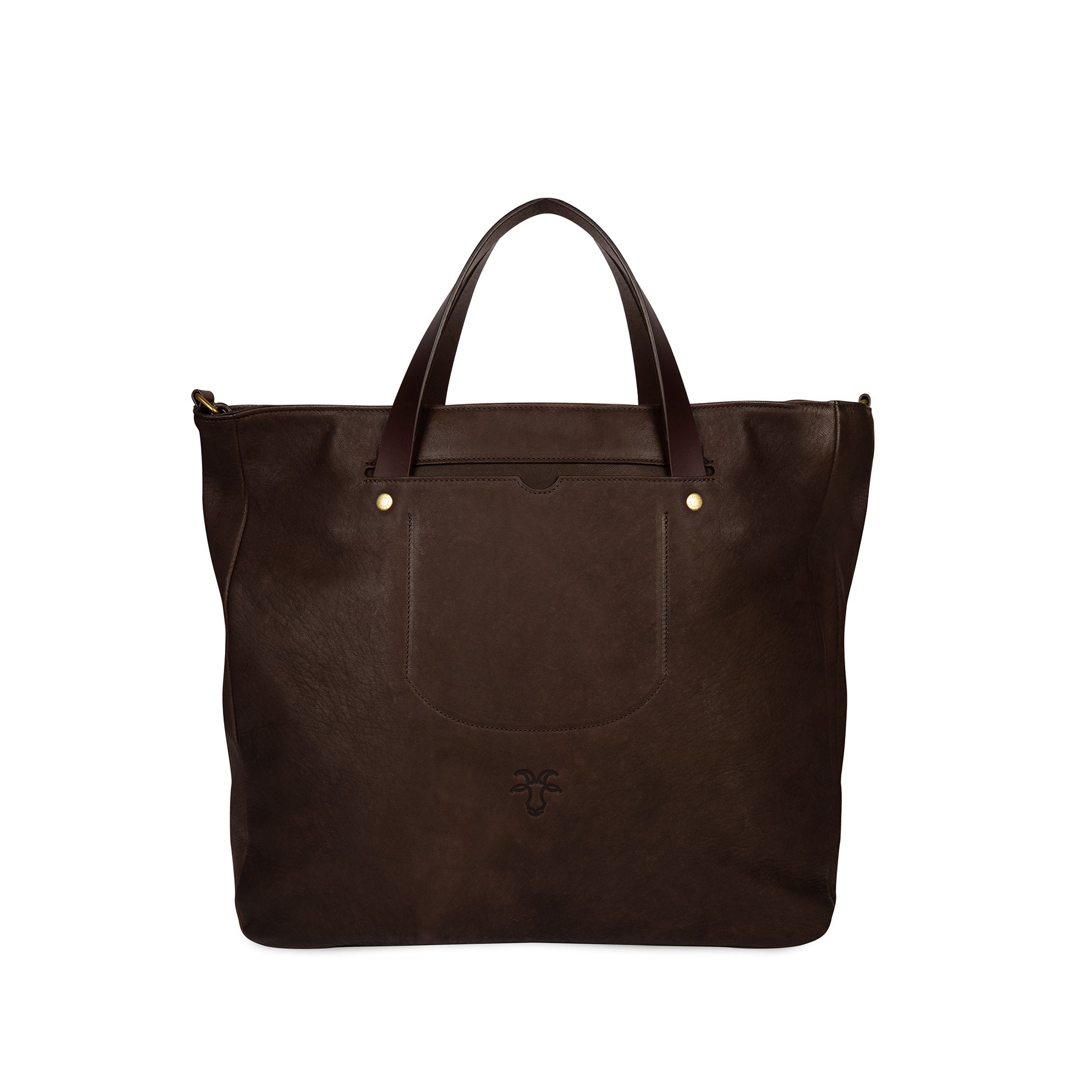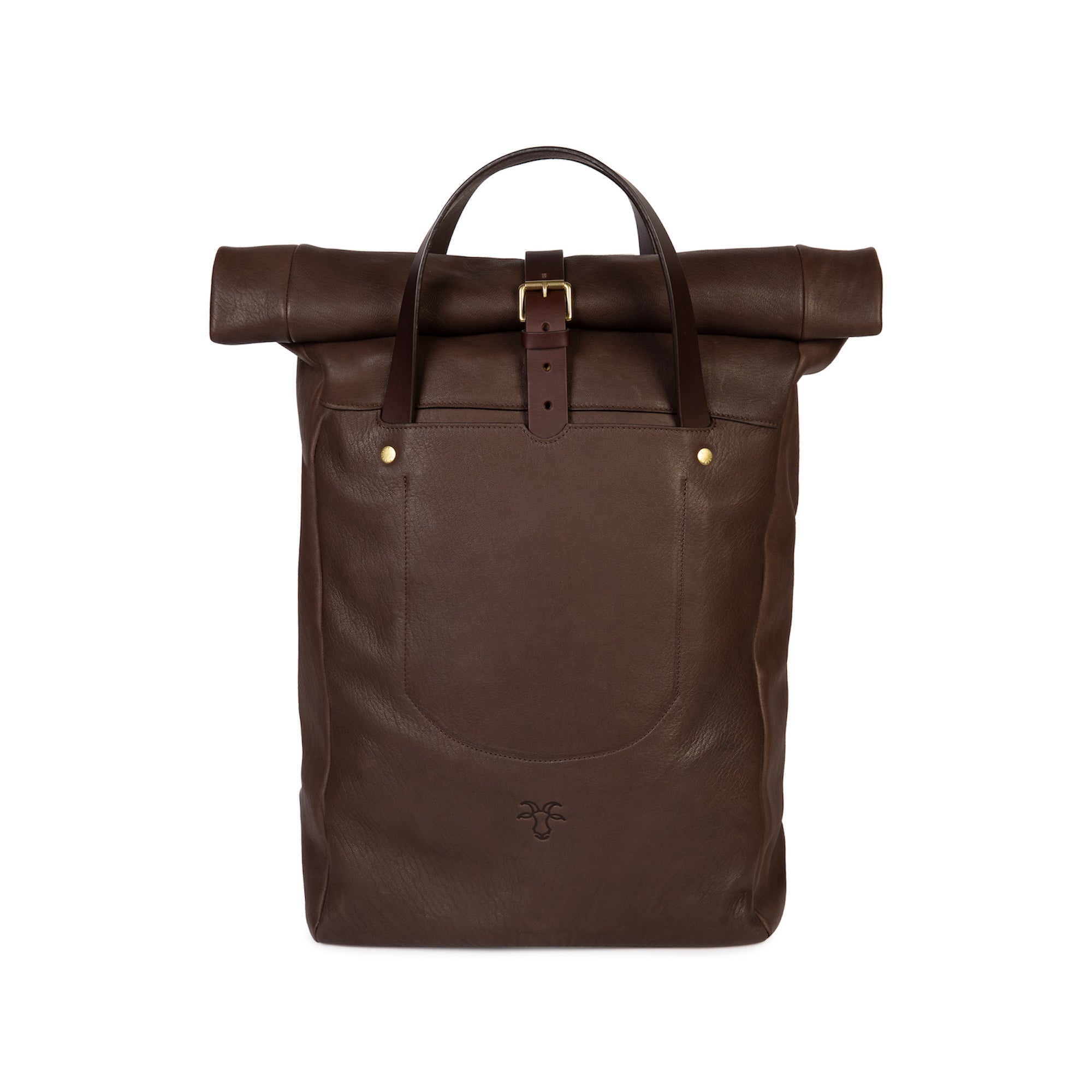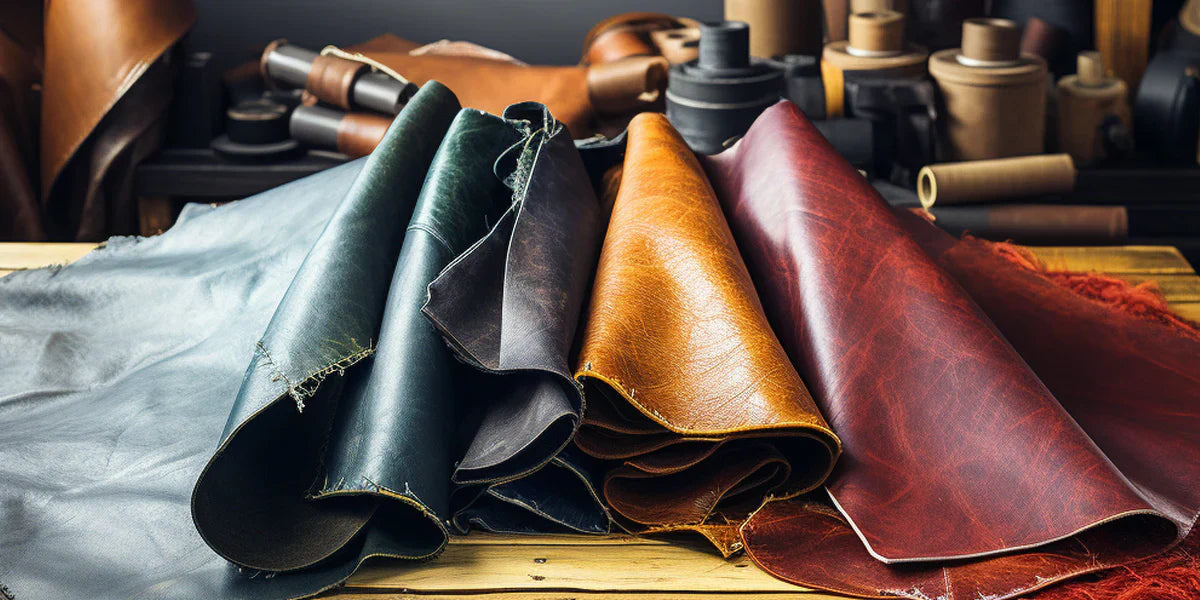Humans have relied on leather for centuries. It’s strong, stylish and can last hundreds if not thousands of years. But as veganism continues to grow in popularity, it begs the question - is real leather ever ethical?
Here at Billy Tannery, we’re on a mission to turn waste into worth and highlight how leather is most certainly sustainable when ethically sourced and can even be more eco-friendly than a vegan alternative as part of a circular economy.
What is eco leather?
Some people define ‘eco leather’ as material made from alternative sources such as plant-based cacti or man-made PVC. But to us, eco-friendly or ethical leather is not down to whether it’s an animal based product. Instead, it is defined by its overall impact on our planet and the cost it has to the environment.
The ‘vegan leather’ paradox
Is leather sustainable if it's made of plastic?
Plant-based or synthetic leather alternatives may well look like leather and ultimately be ‘vegan-friendly’ but they’re almost always made using plastics. The plant fibres are simply not strong enough without a layer of polyurethane to hold them together, resulting in a weaker, less durable product. Even those made with bioplastics only compost under very specific conditions.
So whilst many faux leathers adopt the term ‘vegan leather’ to sound more sustainable, they’re ultimately creating more plastic waste that ends up in both landfill and our oceans.
What leather is ethical?
Ethical leather is about more than its environmental impact. It also considers every aspect of the process from sourcing the hides to how the final products reach customers. In sustainable leather sourcing, animals are not reared specifically for leather production. Instead, the leather in a sustainable chain is a by-product of another process, such as local farming. Sourcing leather in this way contributes to a circular economy and helps ensure that no part of the animal goes to waste.
Are leather products ethical?
Many people think of real leather as an unsustainable material. In the last century, manufacturers were producing as much as possible, which shifted production to regions with cheap labour and less regulation.
Real leather can be ethical and eco-friendly
Not all leather is made the same, or has the same environmental impact. There are many different types of leather, each made from various animal hides and tanned using different methods. And with today’s eco-conscious awareness, there are hundreds more ethical leather producers overcoming this issue.
Saving animal hides from waste
Contrary to beliefs - and the rise of a plant-based lifestyle - the demand for meat is increasing. Yet simultaneously, demand for animal hides is slowing down. This creates a sizable waste issue. If we suddenly stop turning the millions of leftover hides into leather, what do we do with them? The only other options are to burn or bury them.
Replacing real leather with ‘vegan leather’ doesn’t stop animals being reared for meat - it only generates more non-renewable materials and reduces the opportunity to reuse animal byproducts.
Here at Billy Tannery, we cater to the growing demand for goat meat and dairy products in the British food industry. After discovering not one goat hide was being tanned here in the UK we created our very own microtannery - the first to be built in nearly 100 years!
We now save thousands of hides from being thrown away every year, working directly with British farmers and producers such as Cabrito Goat Meat. Every piece of hide is used to create our range of leather goods from ethical leather bags and wallets to our lucky dip range of leather coasters that makes use of offcuts.
Natural tanning process
Most manufactured leather is chrome-tanned; an industrial process that uses inorganic metal salts rather than plant extracts. If handled incorrectly the use of these metals poses an environmental risk. However, truly ethical leather can be produced with vegetable tanning.
Vegetable-tanned leather is a slower, eco-conscious process whereby hides are soaked in vegetable tannins that produce a beautiful aroma and patina. At Billy Tannery, we combine this traditional method with modern technology that allows us to recycle 90% of the water we use. The bark extracts used to tan our leather are reused from batch to batch and any other waste can be composted or irrigated safely on our surrounding grassland.
A sustainable supply chain
For the vast majority of tanneries (particularly in the UK), regulations make it almost impossible to operate in a way that damages the environment or your workers. When you consider artisanal tanneries like Billy Tannery that specialise in solely British made leather goods, the supply chain is even shorter.
We believe our products should do most of their travelling with their owner, which is why all our leather goods are made here in the UK with as many domestic materials as possible. Every element is made by hand in two independent workshops, supporting British manufacturing from start to finish.
This minimises our carbon footprint - somewhat more so than the ‘vegan leather’ alternatives that circle the globe before reaching the end buyer.
Find out more about how we make ethical leather at Billy Tannery.


































